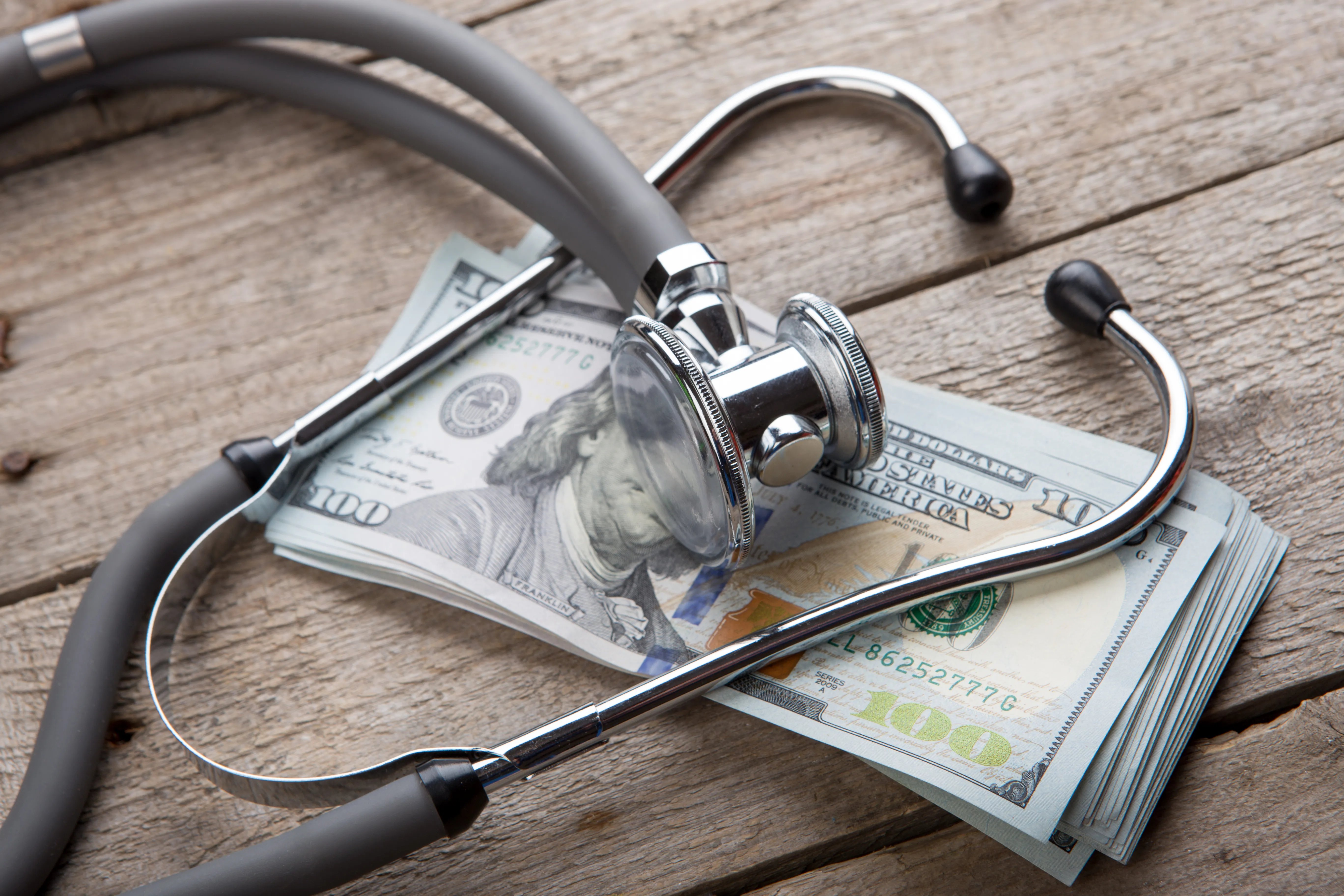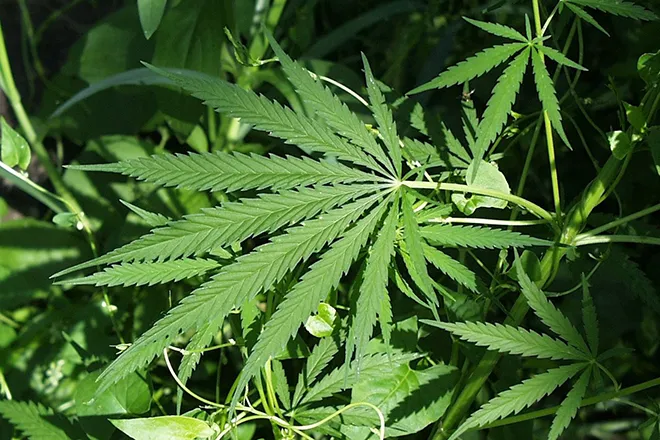
Dear Dietitian – How can I lower sodium intake while increasing omega-3 benefits?
Dear Dietitian,
To increase the consumption of EPA and DHA, I've started eating canned salmon with skin and bones. As you know, salt is added to such products, and I'd rather not consume excess sodium. If I drain and rinse the salmon with water, how much EPA and DHA would I lose, either from the fluid surrounding the salmon or from the salmon itself?
Evan
Dear Evan,
Omega-3 fatty acids, like Eicosapentaenoic acid (EPA) and Docosahexaenoic acid (DHA), are found in fatty fish, such as salmon, rainbow trout, sardines, and mackerel. These nutrients have been associated with good heart health.
Canned salmon is an easy and relatively inexpensive way to get omega-3s in your diet, and the bones offer calcium. For readers who may not have tried this, the salmon bones crush easily between your index finger and thumb and mix with the rest of the fish without producing an unpleasant texture.
To provide thorough information on this topic, I sought the expertise of a food scientist. According to Dr. Andrew Clarke, Associate Professor of Food Science at the University of Missouri-Columbia, "Fatty acids, such as omega-3s, are components of the oils and triglycerides, and therefore, are not highly soluble in water. Rinsing [with water] is not likely to reduce omega-3s from the drained fish.
An overlooked factor is that canning involves a significant heat treatment, and omega-3s, like all fats and oils, will melt during the canning process and become part of the liquid, which is in the can. When one drains the liquid from the canned fish (either oil- or water-packed), nutrients are discarded. Rinsing the liquid from the fish flushes away more but is unlikely to remove more [omega-3s from the fish itself]."
While there is no Recommended Daily Allowance (RDA) for EPA and DHA, the American Heart Association recommends consuming fatty fish twice a week, even if you don't have heart disease. That said, fresh or frozen salmon contains twice the amount of omega-3s as its canned (and drained) counterpart and has considerably less sodium. Remember, when it comes to food, fresh is best!
Until next time, be healthy!
Dear Dietitian

















